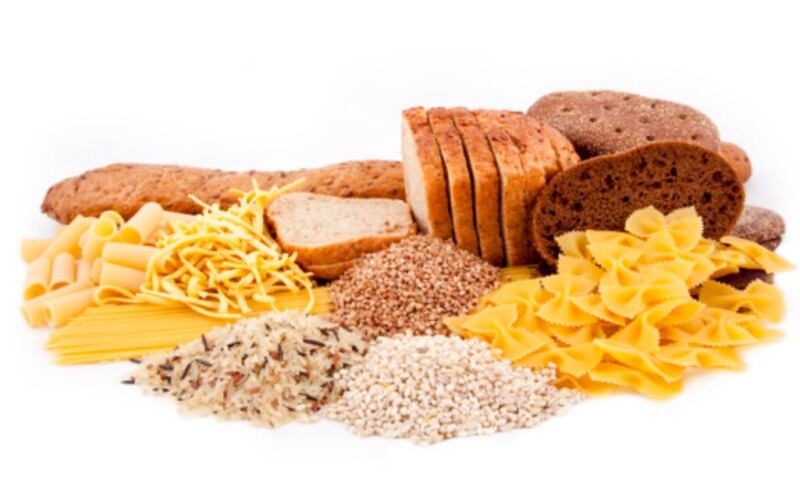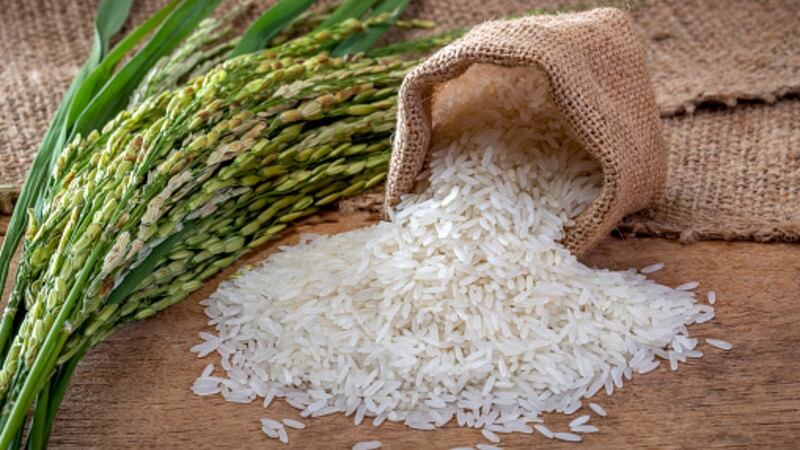The study found that taste and cost were key considerations for Asian consumers in accepting novel healthy staple foods, however participants with diabetes were more willing to compromise these for the health benefits.
Researchers conducted 11 focus group discussions, comprising 37 healthy participants and 22 participants with diabetes to explore attitudes and perceptions towards novel staple foods.
According to first author, Charlie Lim, PhD student at the Saw Swee Hock School of Public Health, NUS defined staple foods as “foods that we eat every day that form a significant part of our diet. As rice, noodles and bread are common staples that are eaten in large proportion in Asian populations, we centered our discussion around these foods.”
The researchers chose to study diabetic participants because, “It is also important to understand the perspective from people with diabetes as personal health may influence attitudes towards functional foods.
Healthy individuals may not see the need for functional foods as they may perceive functional foods to be designed for people with compromised health,” they wrote in the journal Appetite.
The prevalence of type 2 diabetes in Singapore is projected to reach 15% of the population in 2050.
In Asia, staple foods such as white rice have a high glycemic index and glycemic load, and often associated with an increased risk of type 2 diabetes. Since staple foods are consumed frequently, modest improvements of such foods have the potential to positively impact population health.
“Lifestyle and dietary choices play an important role in the prevention and management of diabetes, and the promotion of high-quality staple foods was identified as a key strategy to reduce the global burden of diabetes,” said Lim.
Study design
Most studies on functional food acceptance have primarily been conducted in western populations, but cross-cultural differences were evident, and little is known about Asian consumers.
Participants were recruited in Singapore, and aged between 32 and 60 years.
During the focus group discussions, they were asked on qualities they look for in staple foods (taste, texture, cost, appearance), their conceptual understanding of novel staple foods, and trust in novel staple foods.
It was found that participants were familiar with the idea of modifying foods for health reasons, citing examples such as bread enriched with omega-3 fatty acids.
Price expectations
Many participants expected novel staple foods to cost more than regular staple foods.
Some considered that the manufacturing process of novel foods were costly and anticipated this cost to be transferred to consumers.
Some participants expressed concerns that modest increases in cost could add up as staple foods are frequently consumed, a few felt that foods that are designed for health should be affordable to all, especially for lower-income groups or patients who are already facing increased financial burdens from medical expenses.
Most participants felt that prices of novel staple foods should not vary too far from regular staple foods, and a price increase of around 10% was generally considered reasonable.
Participants with diabetes seemed more willing to accept higher prices of novel staple foods for health benefits.
Taste expectations
When it came to taste, some participants expected novel staple foods to be less tasty because they perceived healthy foods to be not tasty. This may hinder the uptake of novel staple foods as consumers may reject foods based on presumptions of poor taste.
For some participants, health consideration was the main determinant of food choice, and they were willing to accept compromises in taste if the food also offered health benefits.
For instance, participants who had diabetes or family members with chronic diseases were generally more willing to choose healthier staple foods over regular staple foods that were tastier to avoid further health complications.
In some participants, taste consideration was often the main determinant of food choice, and they were willing to accept higher prices if the taste is good. If novel staple foods did not taste good, they were not appealing even if prices were affordable.
“Our findings support the importance of taste as a major determinant of novel staple food acceptance, but also provide another perspective from participants who were willing to accept taste compromises for health benefits.”
Trust in novel staple foods
With regards to trust in novel staple foods, participants were largely influenced by the science, food industry and authorities in ensuring food safety and relaying accurate information.
In general, the food industry was viewed with suspicion, while government endorsed products were regarded as trustworthy.
Some participants were cautious of the manufacturing process of novel staple foods and addition of artificial ingredients or chemicals, and some were sceptical of the long-term health effects of the product.
For some participants, their levels of trust toward claims on food labels were dependent on whether the claims were certified by a regulatory body.
Some doubted if the high price mark-ups of foods marketed as healthier were fully justified by the price of the ingredients or by their health benefits.
For instance, participants shared that they could not understand the higher prices of wholegrain products when they were thought to be less processed which require less ingredients and costing.
However, most participants did not appear to have any major food safety concerns. This could be due to the high levels of trust in government or regulatory bodies.
For participants with diabetes, in addition to looking at the nutritional labels and ingredients list, they also approached healthcare provides for advice.
Upcoming studies
The findings suggest that healthy participants tend to consider the taste and cost of novel staple foods, while those with diabetes were driven by the potential consequences of poor dietary choices.
This is one of the few studies to explore attitudes and perceptions towards novel staple foods amongst healthy Asian consumers and those with diabetes.
Researchers said the current findings may not be fully reflective of all adults in Singapore.
Another author, Dr Liu Mei Hui, senior lecturer, Department of Food Science & Technology, Faculty of Science, NUS said: “We are currently running a clinical study that investigates the combined effects of consuming these novel staples in the daily diets of people with diabetes,
We aim to show that these clinically validated novel ingredients can support health by targeting a range of food products typically consumed in an Asian diet (e.g., bread, rice, noodles).”
Besides monitoring health benefits (e.g., blood glucose and blood lipids), participants of the study will be assessed on the acceptability and perceptions on the incorporation of functional food or ingredients in their daily lives, as they go through the study.
The results will help guide future food product development for mainstream use, and design interventions that will have a sustainable and beneficial impact on public health.
Source: Appetite
https://doi.org/10.1016/j.appet.2021.105189
“Making novel staple foods the norm: perspectives from adult consumers with and without diabetes”
Authors: Charlie G.Y. Lim, et al.




